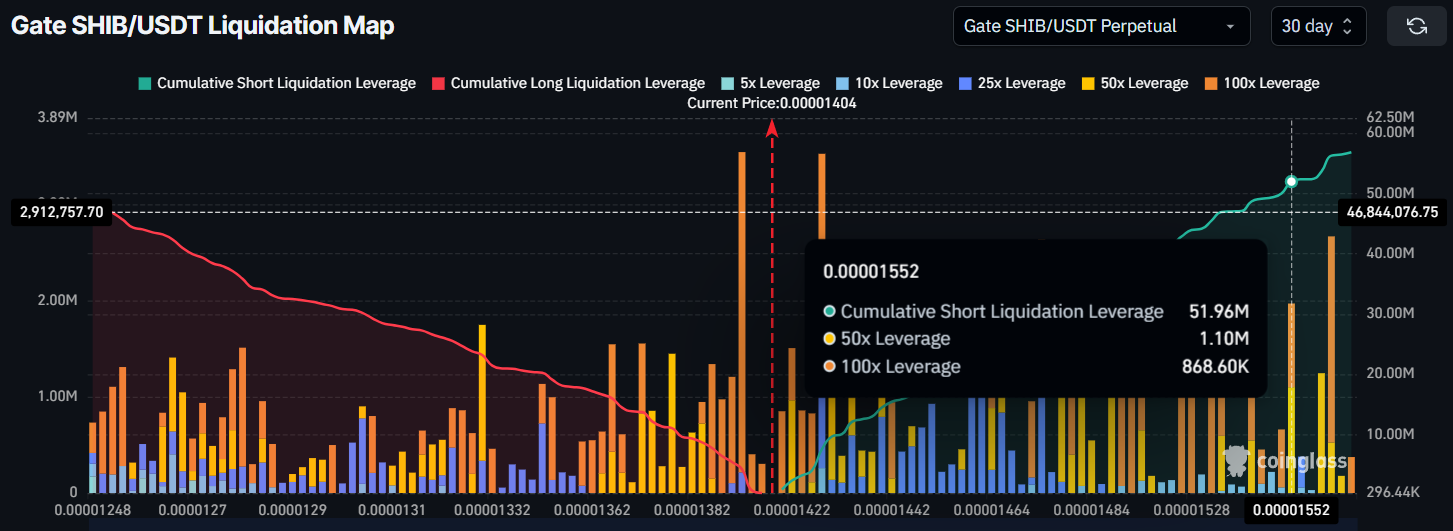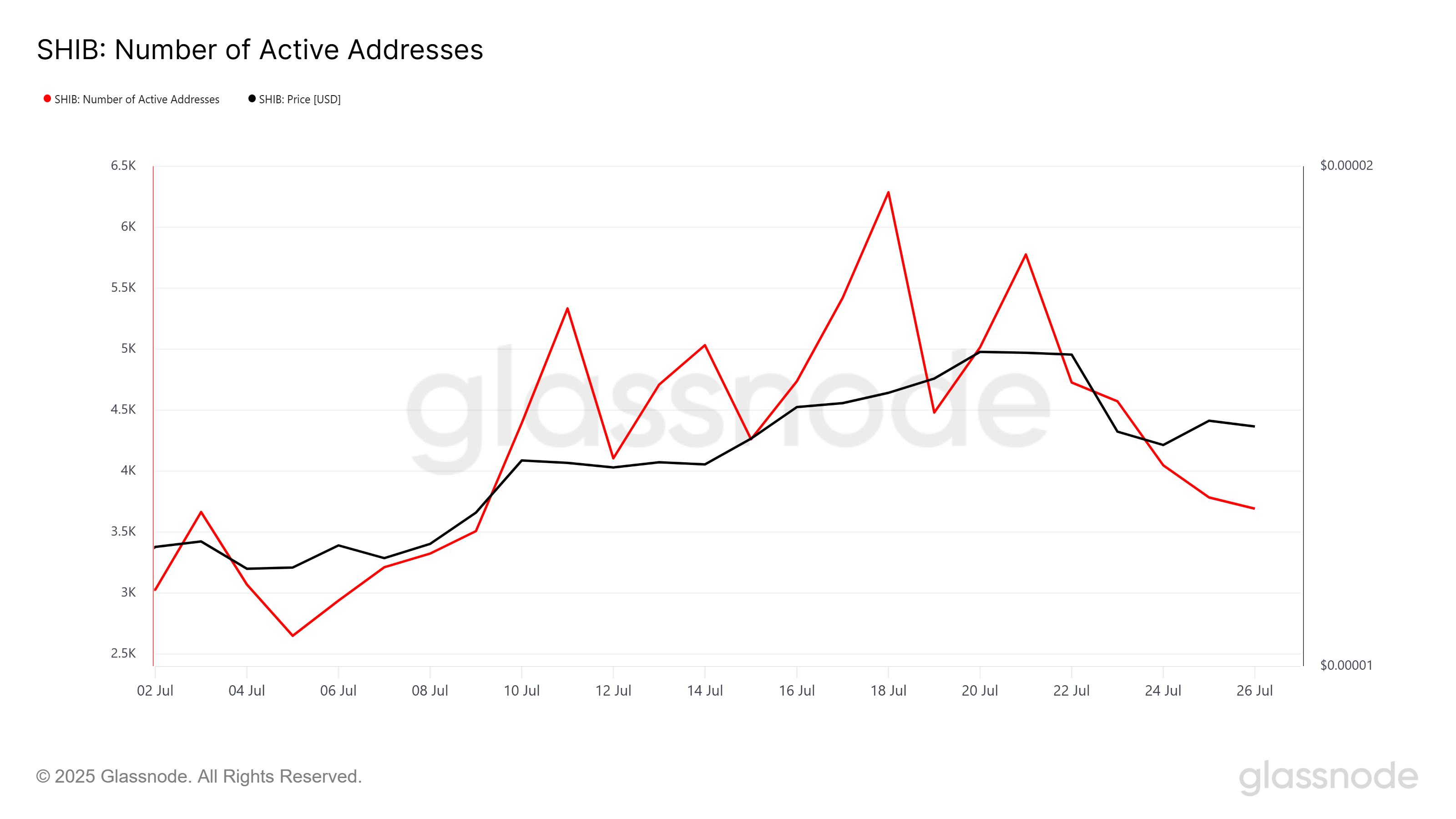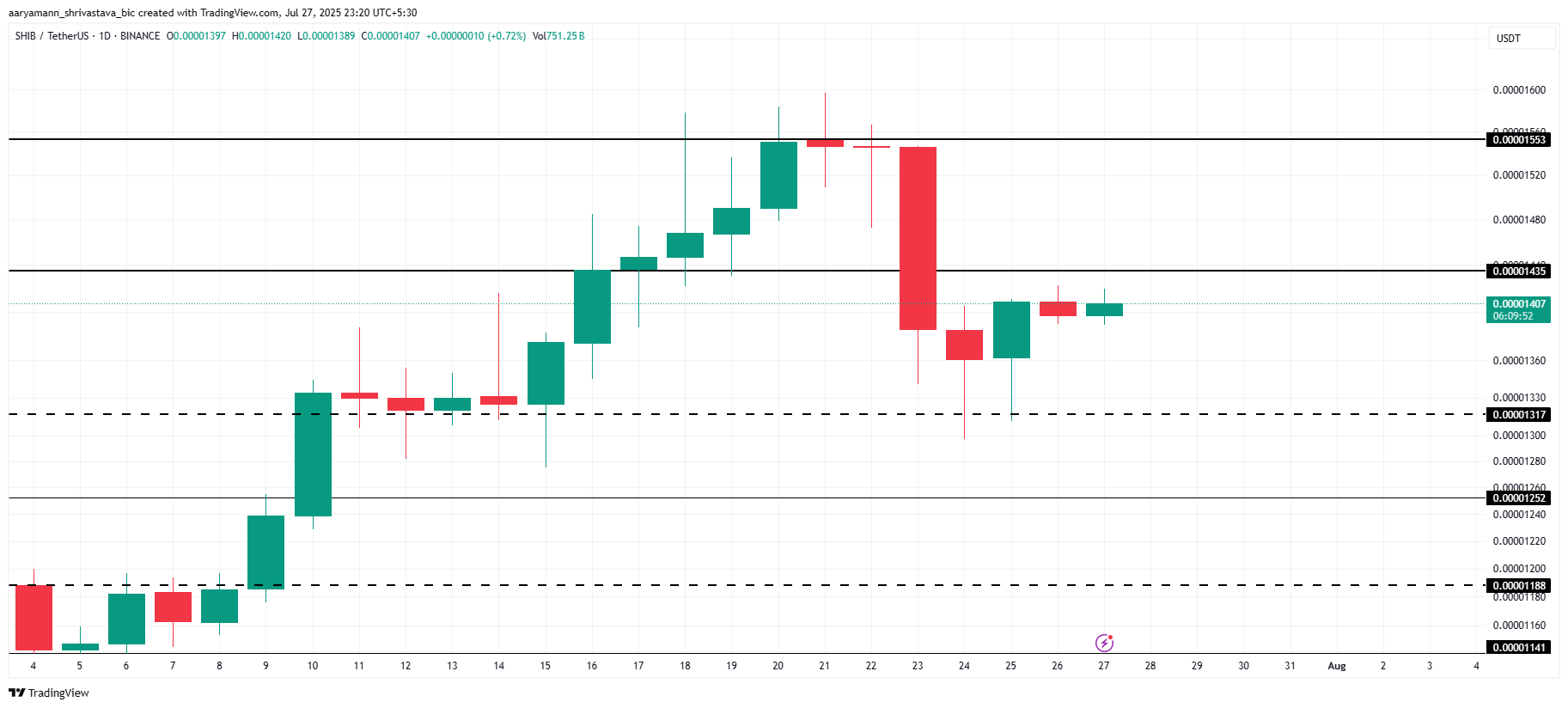After a year marked by skepticism, JPMorgan analysts are signaling a dramatic shift in their outlook for the cryptocurrency market. In a report titled Alternative Investment Outlook and Strategy, released late Friday, the team led by Managing Director Nikolaos Panigirtzoglou outlined several factors fueling optimism for digital assets in 2025.
A Rise in “Depreciation Trading”
Central to this bullish perspective is the emerging trend of “depreciation trading.” As investors seek refuge from economic instability, alternative assets such as gold and Bitcoin are gaining traction as hedges. With geopolitical tensions on the rise and the 2024 U.S. presidential election approaching, institutional investors, particularly hedge funds, may increasingly view these assets as safe havens. However, analysts warn that Ethereum (ETH) might not share in the benefits of this trend.
The analysts highlighted that a potential victory by Donald Trump in the upcoming election could serve as a regulatory tailwind for Bitcoin. Such a scenario could solidify the depreciation trade through tariffs linked to geopolitical tensions and expansive fiscal policies that might fuel “debt depreciation.” While currently considered a “very low probability” event by other asset classes, the prospect remains significant within the cryptocurrency realm.
Institutional Moves and Market Dynamics
JPMorgan’s report emphasizes that the optimism surrounding digital assets is further supported by recent moves from traditional financial institutions. Notably, Morgan Stanley has begun allowing wealth advisors to recommend spot Bitcoin ETFs to clients. This development reflects a broader acceptance of cryptocurrencies among traditional finance sectors.
Additionally, analysts pointed out that the market is witnessing an end to major liquidations, notably the aftermath of the Mt. Gox and Genesis bankruptcies, as well as the German government’s Bitcoin sale. These events have significantly reduced selling pressure, creating a more favorable environment for price appreciation.
Cash Payments and Stablecoin Recovery
Another factor driving bullish sentiment is the anticipated cash payments from the FTX bankruptcy, expected to be distributed in late 2024 or early 2025. Once these funds enter the market, they could be reinvested into cryptocurrencies, providing an additional boost.
On the stablecoin front, analysts reported a recovery, with the market cap nearing pre-Terra/Luna crash levels of $180 billion. However, they cautioned that stablecoin legislation is pending in the U.S. and likely won’t be passed until 2025. The implementation of these regulations is expected to increase adoption of U.S.-compliant stablecoins while posing challenges for non-compliant alternatives, particularly Tether.
Despite the stablecoin market’s recovery in dollar terms, analysts note that its overall market share remains relatively unchanged amidst the broader cryptocurrency market cap growth. Nevertheless, JPMorgan’s shift in perspective signals a potential new era for digital assets, particularly as institutional interest grows and regulatory clarity improves.
Also Read: Bitcoin Boom Bust: JPMorgan Predicts 15% Drop in Miner Prices Amid Rising Network Hashrate
As the landscape evolves, investors and crypto enthusiasts alike are keenly watching these developments, hoping for a robust and sustained recovery in the cryptocurrency market throughout 2025 and beyond.







